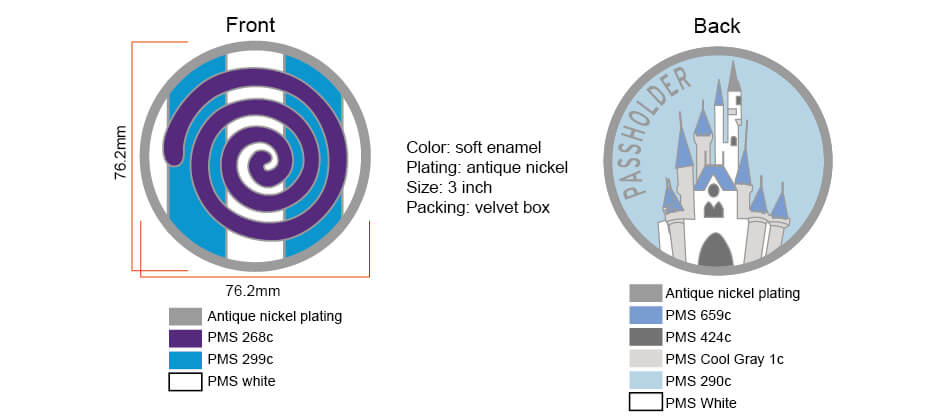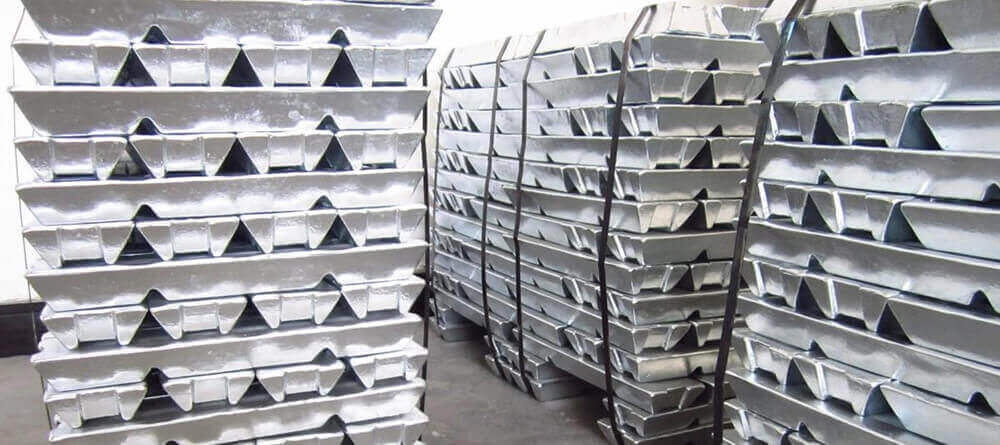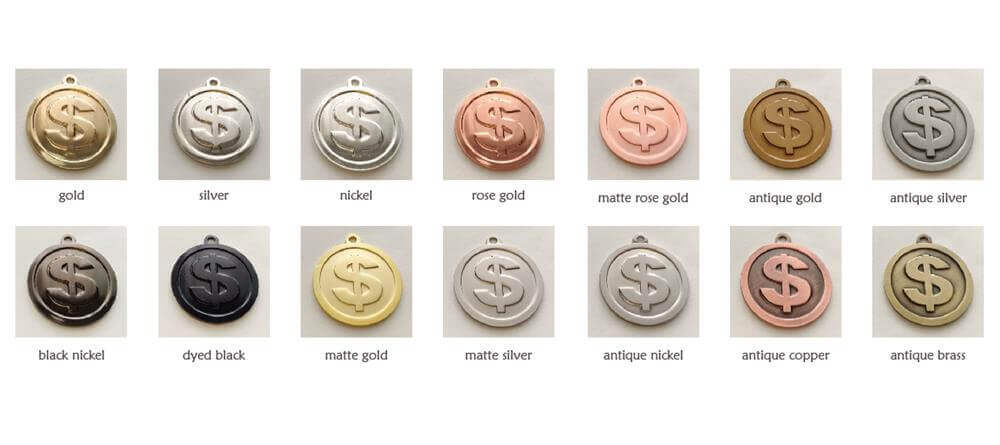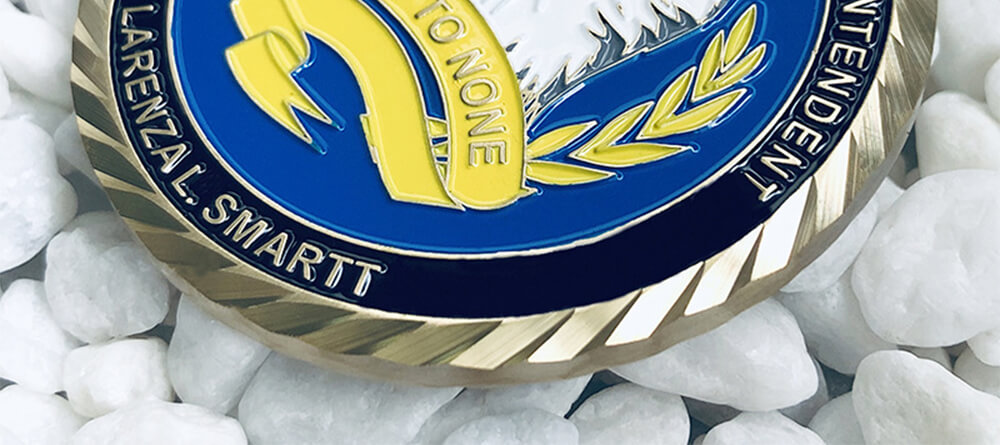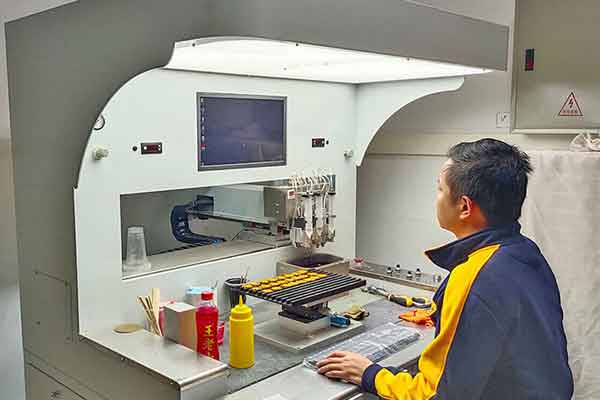Challenge coin manufacturer Since 2009
Free design & quote, recessed texture & edge customizable, high quality delivery
12 different manufacturing processes, up to 99.9% customer satisfaction, monthly production of 60,000 challenge coins
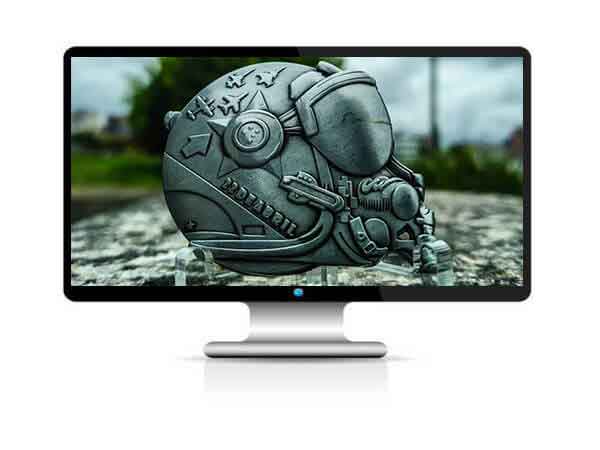
SICpin Challenge Coin
A challenge coin means to instill unit pride, improve the team spirit and reward hard work and excellence for the organization. The modern new challenge coins feature popular culture attributes or organizational values.
SICpin offers two basic processes by which to manufacture: zinc-alloy die castings or brass stamping. Our professional design team and customer service will be dedicated to providing production assistance for your challenge-coin project. Production details such as material, size, Pantone color, metal plating, packaging, etc., will be approved by you before going into production.
With an area of 2,300 square meters, 42 workers, and 26 manufacturing machines, the peak monthly shipments of challenge coin coins are as high as 60,000 pcs.
Your inquiry will be replied in 24 hours
Custom Challenge Coin Examples
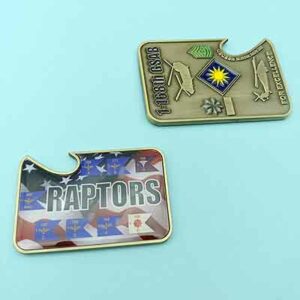
Raptors Coin
- Technology: 2D with printing patch
- Material: zinc alloy
- Size: 2.5 inches
- Color: priting
- Plating: antique bronze
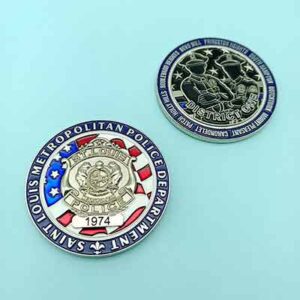
Plice Coin
- Technology: 3D
- Material: zinc alloy
- Size: 3 inches
- Color: soft enamel with translucent color
- Plating: silver
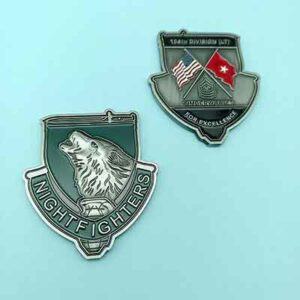
Military Coin
- Technology: 3D
- Material: zinc alloy
- Size: 3 inches
- Color: soft enamel
- Plating: antique nickel
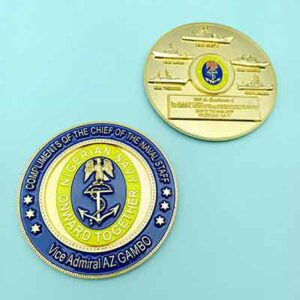
Naval Coin
- Technology: 3D
- Material: brass
- Size: 2.5 inches
- Color: soft enamel
- Plating: gold
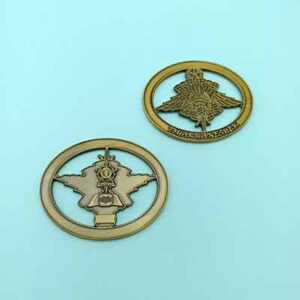
Troops Coin
- Technology: 2D
- Material: zinc alloy
- Size: 2.75 inches
- Color: none
- Plating: antique bronze
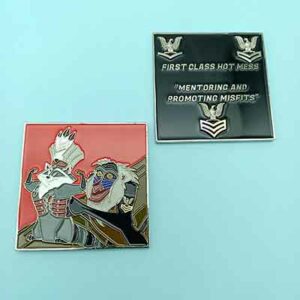
Business Coin
- Technology: 2D
- Material: iron
- Size: 2 inches
- Color: soft enamel
- Plating: nickel
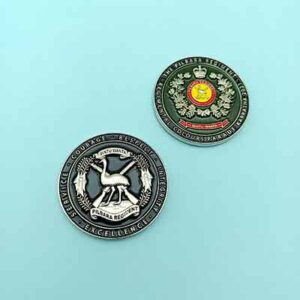
Motivate Coin
- Technology: 3D
- Material: zinc alloy
- Size: 3 inches
- Color: soft enamel
- Plating: antique nickel
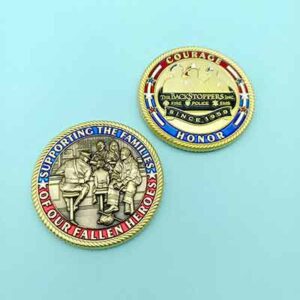
Honor Coin
- Technology: 3D
- Material: zinc alloy
- Size: 3 inches
- Color: soft enamel with translucent color
- Plating: matte gold
Custom Challenge Coin for Your Projects
We can provide customized service according to customers’ drawings or ideas.
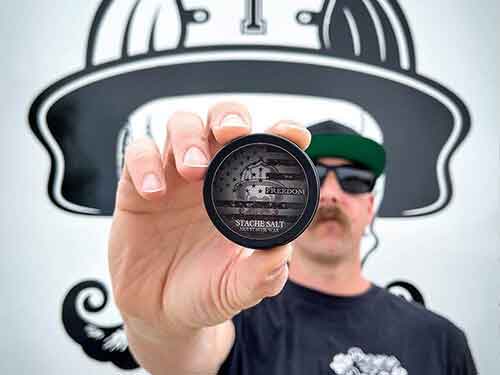
Sicpin Challenge Coin Features
- Provide design assistance for free, respect originality and crack down on theft
- A variety of metal plating options, colors dyed and anodizing for your choice
- Texture and edge processing can make the challenge coins more retro
- In addition to OPP bag packaging, there are more high-grade packaging for your choice
Call Us
+86-147 1498 0815
Our Email
info@sicpin.com
Custom Challenge Coin Specification
- Design assistant: We can provide free design assistance based on your drafts or ideas.
- Production experience: We provide different options for your design according to our practical production experience
- Property copyright: Any idea is priceless, and you will own the copyright to the art.
- Respect original: We respect originality and are committed to crack down on theft.
- Iron: Lowest unit price, not suitable for designs with many cutouts
- Brass: Higher end and more expensive, no many cutouts on it.
- Zinc alloy: The price is moderate. Suitable for almost any metal design.
- Normal plating: gold, silver, nickel, black, chrome, rose gold…
- Color dyed: blue, green, red, yellow, white, black and all Pantone colors
- Antique plating: antique gold, antique silver, antique nickel, antique brass, antique copper…
- Two tone Plating: Dual plating are created when two different types of metal are used on one coin
- Texture: The texture of the recessed can be customized to your needs. There are a dozen for your reference.
- Edge options: Spur Cut Edge, Bevel Cut Edge (Flat Weave), Diamond Cross Cut Edge, Oblique Line Edge…
- Bag packing: The cheapest and most common is the OPP bag, followed by sealed bag. More expensive are flannelette bags and PVC bags.
- Box packing: High-end challenge coins are often packed in velvet boxes or clear plastic boxes.
Bag packing | OPP bag | Cheap ↓ ↓ Expensive |
sealed bag | ||
PVC bag | ||
flannelette bag | ||
Box packing | plastic box | |
velvet box |
Steps to Custom Challenge Coins
Designing
We can provide free design assistance based on your ideas.
Quotation
Free quotation according to quantity, size, coloring, plating etc.
Production
Updated production photos will be provided from time to time
Shipping
Shipping by FedEx after strict quality inspection & protective packaging.
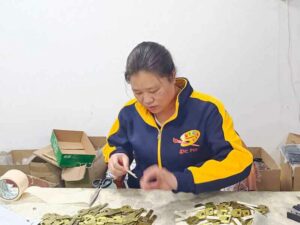
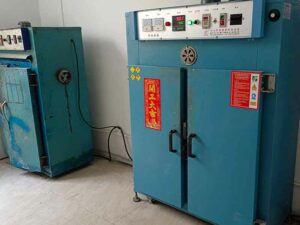

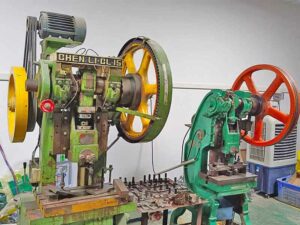
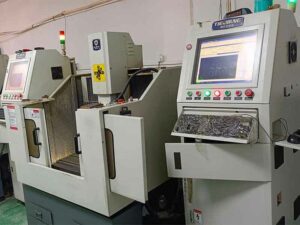
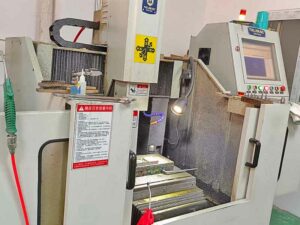
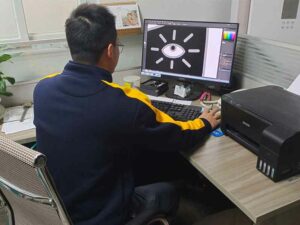
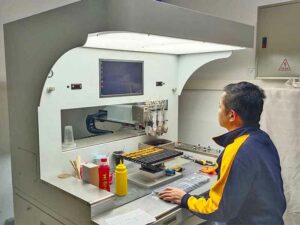






Challenge Coin Manufacturer FAQ
No MOQ, no matter how many peices you need, they all deserve our best sincere service.
We can help with drawing the sketches as long as you tell us the ideas. Under fit-in-production conditions, we support unlimited revisions until the customers say good.
gold, silver, nickel, black, chrome, rose gold, matte gold, matte silver, matte nickel, matte rose gold, antique gold, antique silver, antique nickel, antique brass, antique copper, color dyed and two-tone plating are often applied to challenge coins.
Sort by cost from lowest to highest: OPP bag, sealed bag, PVC bag, flannelette bag, Box packing, plastic box, velvet box.
We will conduct a full inspection of each process, and repair it immediately if any defects are found. Before shipment, professional QC will also inspect strictly to ensure that the finished products sent to customers fully meet the quality standards.
A: For lightweight packages, we usually use FedEx, UPS, and DHL Express, 3-8 days of transit, which not only guarantees delivery time but also reduces a lot of troubles for customers by door-to-door express.
Are You Looking for Challenge Coin Manufacturer?
Contact us for design assistance, free quote, and professional advice today.
We will provide you with a free quote within 24 hours, and we respect your privacy.

